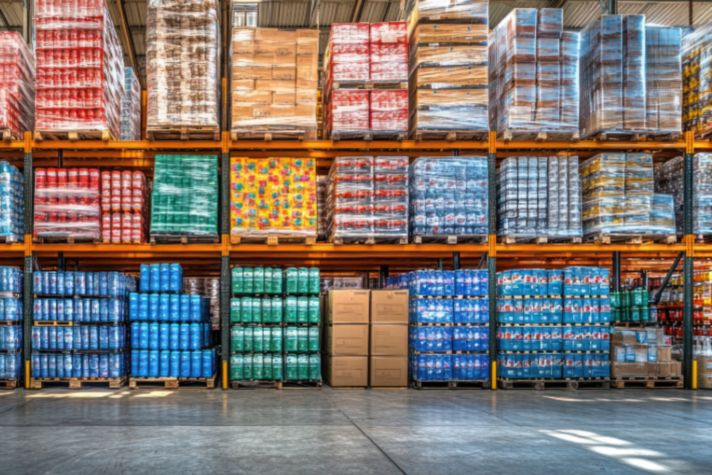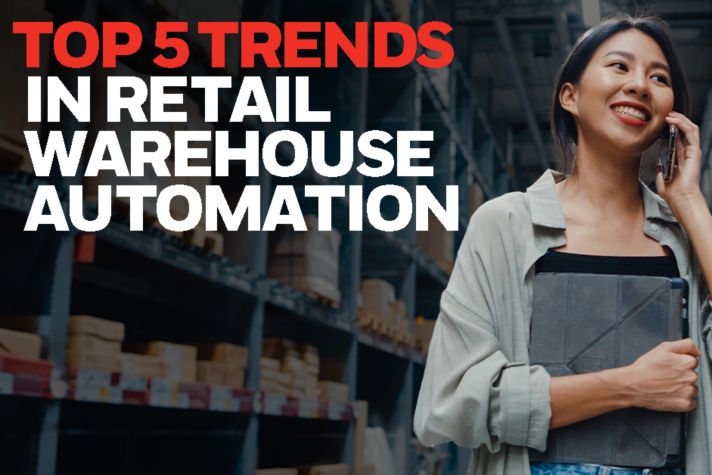Introduction
What do a can of soda, a pair of jeans, and a book have in common? They all have barcodes, those black and white stripes that encode information and facilitate data capture, identification, and tracking. Barcodes are everywhere now, used in retail, manufacturing, logistics, healthcare, education and other sectors. But how did barcodes come to be, and how have they changed over time?
The History of Barcodes
Using barcodes to identify products and information dates back to the 1940s, when two inventors, Norman Joseph Woodland and Bernard Silver, patented a method of using optical patterns to encode data. However, it was not until the 1970s that barcodes became commercially viable, thanks to the development of laser scanners and standardized formats.
The first product to be scanned with a barcode was a pack of Wrigley’s chewing gum in 1974 at a supermarket in Ohio. Since then, nearly 5 billion barcodes are scanned every day, and have given rise to automatic identification and data capture (AIDC) methods that have spurred scanners to become quicker, more accurate, and able to go much further than just the checkout line at your local grocery store.
The Evolution of Barcodes
Barcodes have evolved and improved over time, adapting to the changing needs and demands of the market. For example, some of the major barcode innovations in the last decade include:
- QR codes: QR codes are two-dimensional barcodes that can store more information than traditional one-dimensional barcodes. Typically, square-shaped, they can also be scanned by smartphones and other devices, making them more accessible and convenient. QR codes are used for various purposes, such as payment, authentication, marketing, and social media. In 2014, QR codes were standardized by the International Organization for Standardization (ISO), which boosted their adoption and popularity. In 2020, QR codes became essential tools for contact tracing and health screening during the COVID-19 pandemic. The global QR code payment market size was valued at $9.98 billion in 2022 and is expected to expand at a compound annual growth rate (CAGR) of 16.9% from 2023 to 2030.1
- Invisible barcodes: Invisible barcodes are barcodes that are not visible to the human eye but can be detected by special devices or software. They are usually printed or embedded on the surface or inside the material of the product or packaging. Invisible barcodes have been used for anti-counterfeiting, quality control, and product authentication.
- In 2021, invisible barcodes were introduced by a company called Digimarc, who used digital watermarking to create imperceptible codes that can be scanned by smartphones and cameras2. Additionally, direct parts marking (DPM) has influenced how industries mark their products. This allows for anti-counterfeiting and prevents damage or manipulation of barcode-like identifiers ubiquitous and secure.
- In 2022, MIT scientists developed a method for attaching machine-readable labels on objects that are invisible to the naked eye but readable by smartphone infrared capabilities.3
The Future of Barcodes
Barcodes are not only simple and practical symbols, but they are also a dynamic and innovative AIDC technology that has transformed and enhanced various aspects of industry – and life. Barcodes have been applied to new and diverse purposes such as contact tracing, blockchain, smart clothing, and digital watermarking, creating value and efficiency, and driving digitalization efforts.
“Think of the millions of scanners, barcodes and QR codes being scanned every minute and hour, and how seamless it all is,” Honeywell Senior Vice President and Chief Technology and Innovation Officer Suresh Venkatarayalu said. “It impacts us, impacts me, impacts everyone altogether. Honeywell plays an important role in that.”
Barcodes will continue to evolve and empower innovation in the future, as technology responds to the changing needs and challenges of the world. As technologies like machine vision begin to take center stage in the modern supply chain era, it will be building upon the functionality and technology created by barcodes.
Software development kits (SDKs) that perform barcode scanning and decoding help to boost speed, range, and accuracy and can help businesses reach beyond barcode scanning. In augmented reality applications, SDK-enabled devices can help workers find stocked items faster and more accurately throughout a warehouse environment, leading to quicker fulfillment times and higher productivity. In cases of optical character recognition, where data from an image is converted into editable text, machine vision SDKs may help generate bills of lading (documents acknowledging receipt of cargo for shipment) more accurately, faster and without the need for lengthy manual data entry.
“We will also place a large emphasis on machine learning with our barcode scanning technology,” Venkatarayalu said. “We will continue to advance our machine learning software to improve its algorithms and ability to accurately detect the objects that barcodes are placed on. This, in turn, will make things like managing inventory levels or moving through the checkout line much more efficient, accurate, and simpler.”
Looking towards the future, Venkatarayalu also believes that the barcode scanning environment as we know it will evolve into an “invisible fingerprint.”
“I think the future will be looking at the invisible fingerprint, where I may not have to worry about presenting a barcode via a ticket or my phone to get access to places. Facial recognition can determine who I am and where I need to go,” Venkatarayalu said.
Conclusion
From humble beginnings on the back of a pack of chewing gum to forging the way forward for machine learning and augmented reality, the barcode has facilitated an important “silent conversation” between businesses and consumers within the supply chain.
Barcodes provide businesses with near limitless data on buying trends, shipments, quality control, and more, while informing customers of model, price, and product availability. We believe this conversation will only continue to evolve as businesses rise to meet the challenges of tomorrow.
And, although the way we see, perceive, and interact with the barcode as we know it may change, its DNA is engrained into how AIDC interacts within every touchpoint of the supply chain.
1 https://www.grandviewresearch.com/industry-analysis/qr-code-payment-market-report
2 https://www.digimarc.com/product-digitization/data-carriers/digital-watermarks
3 https://www.consumerelectronicstestdevelopment.com/content/in-depth/researchers-create-invisible-barcodes-that-can-be-scanned-by-smartphones/




